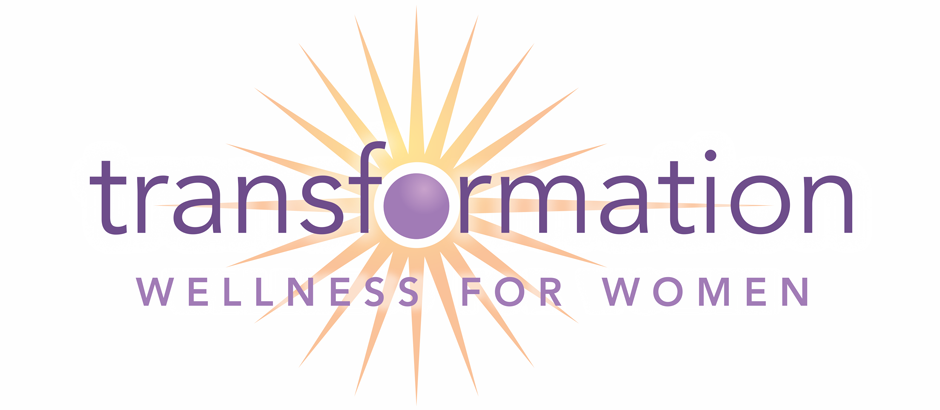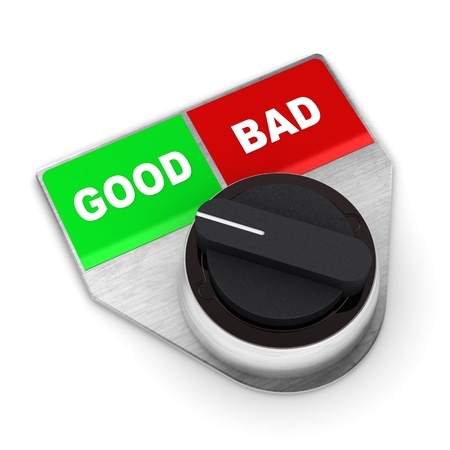Do You Recognize Good vs. Bad Pain?
When I was a personal trainer, I was constantly aware of the physical pain my clients were feeling when they were working out with me – although some would say otherwise!
On a client’s very first session, I would explain to them the difference between “good pain” and “bad pain.” This was especially important to some of them who had never worked out before. I would describe to them the feeling your body gets when you push yourself through your workout.
Maybe you’ve felt “good” pain. I explain it as a “burning” feeling in your muscles that’s uncomfortable enough that they will want to stop; however, I will most likely push them to finish the repetitions I assigned them. The reason I push them is because this is when the body makes the most progress toward their desired results. In other words, if one stops right when it starts to burn, then their body won’t change the way they want it to. “Push through the good burn and finish strong!” I would say, which would be followed by a dirty look or an occasional eye roll…
After explaining good pain, I would then describe “bad” pain. This is an entirely different kind of pain – a pain that you don’t want. Sometimes “bad” pain is easily recognizable. For example, bad pain could be where an injury occurs and you blurt out “OUCH!” Other times, bad pain can be a slow, chronic irritation, often in the back, hips, knees, or feet. This pain doesn’t scream “OUCH!” but it may utter “Ugh…” a lot.
The best way to detect these two types of pain is to stay in tune with your body during your entire workout. When you feel good pain, try to push through it because it will make your body (and mind) stronger. Conversely, when you experience bad pain, you should stop immediately and assess the situation.
While there is good and bad “physical” pain, there is also good and bad “emotional” pain. As a health and wellness coach, I often help my clients identify the good and bad emotional pains that they may be going through. I’m not a psychologist, but it’s helpful when I ask my clients the right questions that may uncover matters that might be causing them “good” or “bad” pain.
Why? Because “good” mental or emotional pain is going to push them, stretch them, and move them out of their comfort zone and into the area where the greatest progress occurs. On the contrary, when they are tuned in to areas where they may experience “bad” mental or emotional pain, for example in areas such as guilt, resentment, or unhealthy relationships with others or themselves, that’s when it’s important to stop immediately and assess the situation. Just like when you experience bad physical pain, you want to take care of the matter right away. If you don’t, the “injury” could get worse and loom on which will cause even more distress in the long run.
Today, are you ready to incorporate more “good” pain into your life? If so, I encourage you to assess your own journey as it is currently, and ask yourself these simple, yet thought-provoking questions:
- Do I currently have more “bad” or “good” pain in my life?
- Where can I eliminate some “bad” pain that’s holding me back from growing?
- How can I incorporate more “good” pain in my life that is surely uncomfortable, but I know will stretch and move me out of my comfort zone where the real growth lies?
Feel free to reply back and tell me what changes you intend to make in these areas. I look forward to hearing about your progress, big or small!



